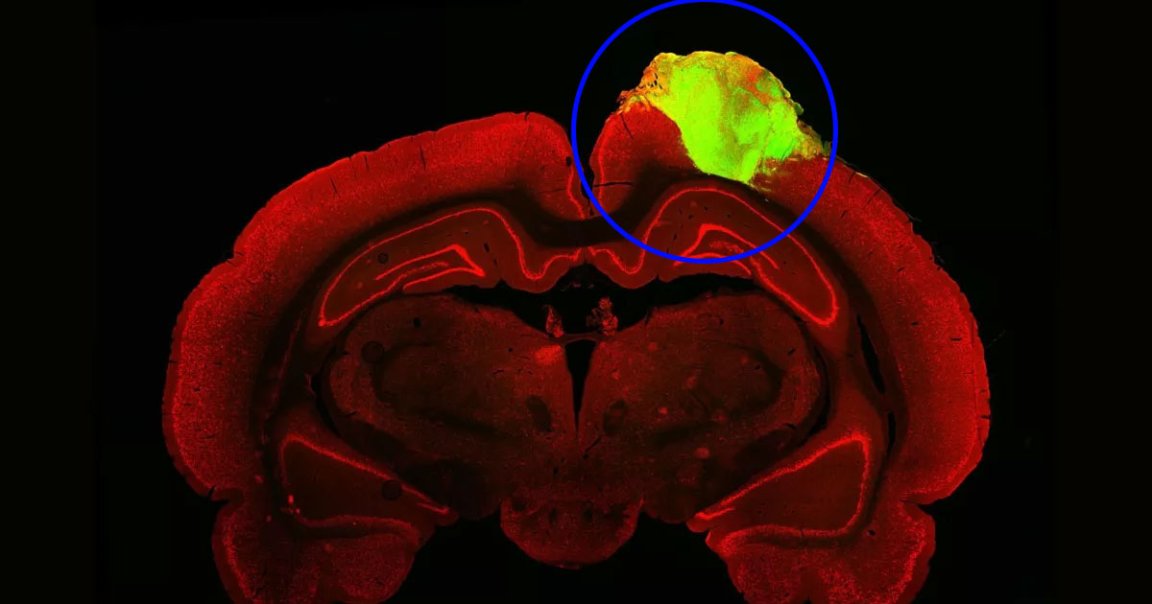
A team of researchers at the University of Pennsylvania has inserted human neurons into the brains of rats with damaged visual cortices, New Scientist reports, a Frankensteinian experiment that had some astonishing results.
The researchers had removed parts of the rats’ visual cortices, meaning that their ability to see was significantly impaired, but thanks to the “blobs” of lab-grown neurons inserted into these damaged sections — not unlike a brain plug — some of these areas were able to spring back to life.
The three-dimensional tissue grown from human stem cells called organoids started responding to stimuli after just two months, they say — and even grew in size a little.
The scientists showed the rats flashing images on a screen while measuring neuronal activity using an electrode implanted into their brains.
Using a special fluorescent liquid injected into the affected areas, the researchers were able to show that the new organoid had connected to the rats’ retinas through a network of new connections. By shining bright lights at the rats, the organoids responded just as a normal virtual cortex would.
The research, which builds on previous studies that have demonstrated the ability to transplant organoids into healthy rodents’ brains, could eventually make a huge difference for humans suffering from chronic neurodegenerative diseases like Parkinson’s or those who have suffered physical damage to their brains.
“I see this as the first step in developing a new strategy for repairing the brain,” Han-Chiao Isaac Chen, senior author of a new study about the work published in the journal Cell Stem Cell this week, told Live Science.
But according to Chen, the researchers still have many years of research ahead of them before they can apply the same technology to humans.
Chen added that “this structure is really very important for defining how the brain actually functions,” but admitted that their replacement tissues are “not perfect, by any means.”
The researchers are now investigating how the rats’ ability to see is affected or whether it can be improved using implanted organoid tissue.
Chen and her colleagues are also working on new materials that can better mimic the shape of the brain, which could make them even more useful.
READ MORE: Rat brain injuries ‘plugged’ with lab-grown human minibrains in world-first experiment [Live Science]
More on minibrains: Researchers Teach Human Brain Cells in a Dish to Play “Pong”